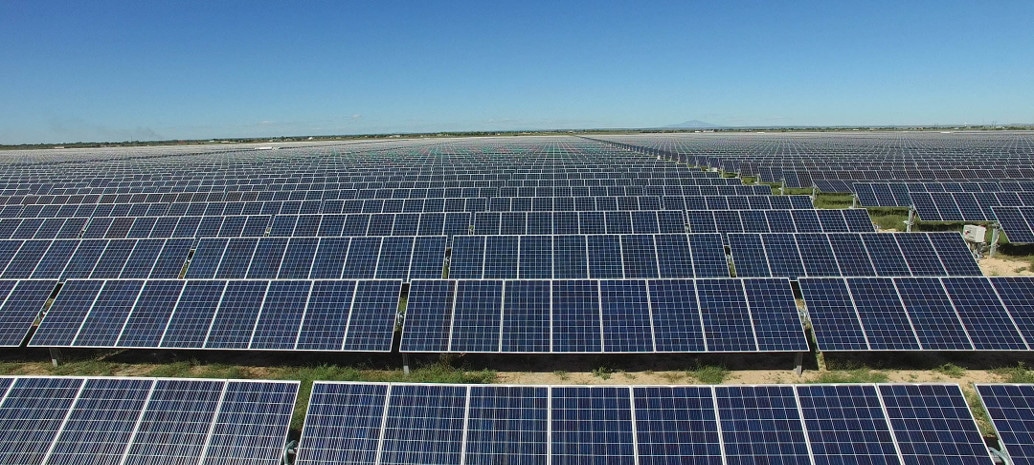Solar and wind energy are on course for a “phenomenal rise” that will see renewables account approximately 60% of all power generation by 2060, according to one forecast by the World Energy Council.
Published today, the Council’s new Grand Transition paper also finds that per capita demand for energy will peak before 2030 as new and unprecedented efficiencies and more stringent energy policies bring down the amount of power each person consumes.
Overall demand for electricity will double to 2060, but a growing portion of this demand is going to be met with cleaner energy sources that are going to require substantial infrastructure investments over the coming decades.
The World Energy Council’s report posits three future scenarios – Modern Jazz, Unfinished Symphony and Hard Rock – each providing energy leaders with an inclusive framework designed to inform and guide on what remains an uncertain future.
However, there are a few standard truths in the report that are likely to prove inescapable, chief among them the expected penetration of solar power, reaching 20% of power generation capacity by 2060. Wind is expected to hit 39% by that date, and with the ongoing support of hydro and nuclear energy, non-fossil energy sources will dominate by that date.
“The steep reductions in the technology learning curve seen in the last decade continue through to 2060 across the three scenarios and are most strongly observed in Modern Jazz and Unfinished Symphony, where cost reductions are greater than 70% for the period,” said the report. Hydro and compressed air storage, allied to battery innovation, will grow to support dependable capacity and to balance intermittency, the report adds.
Energy intensity – by which energy efficiency per GDP is measured – is forecast to improve significantly over the next few decades, building upon a trend already evidenced by today’s IEA report. Under the World Energy Council’s Modern Jazz scenario, intensity is to improve three times faster, aided by the deployment of solar electricity generation capacity, which helps to nurture substantial efficiencies.
The share of fossil fuel as a primary energy source will fall from 81% in 2014 to 50% by 2060 according to the most positive scenario laid out in the report. Coal use is set to peak before 2020 in two of the three scenarios, with oil set to peak in 2030 at 103 mb/d under these same scenarios.
“Leaders are faced with important decisions in the context of high political, financial, technological and social uncertainty about the future of energy,” said the report. “The decisions taken in the next five to ten years in response to these and other implications will have profound effects on the development of the energy sector in the coming decades.”
This content is protected by copyright and may not be reused. If you want to cooperate with us and would like to reuse some of our content, please contact: editors@pv-magazine.com.








By submitting this form you agree to pv magazine using your data for the purposes of publishing your comment.
Your personal data will only be disclosed or otherwise transmitted to third parties for the purposes of spam filtering or if this is necessary for technical maintenance of the website. Any other transfer to third parties will not take place unless this is justified on the basis of applicable data protection regulations or if pv magazine is legally obliged to do so.
You may revoke this consent at any time with effect for the future, in which case your personal data will be deleted immediately. Otherwise, your data will be deleted if pv magazine has processed your request or the purpose of data storage is fulfilled.
Further information on data privacy can be found in our Data Protection Policy.